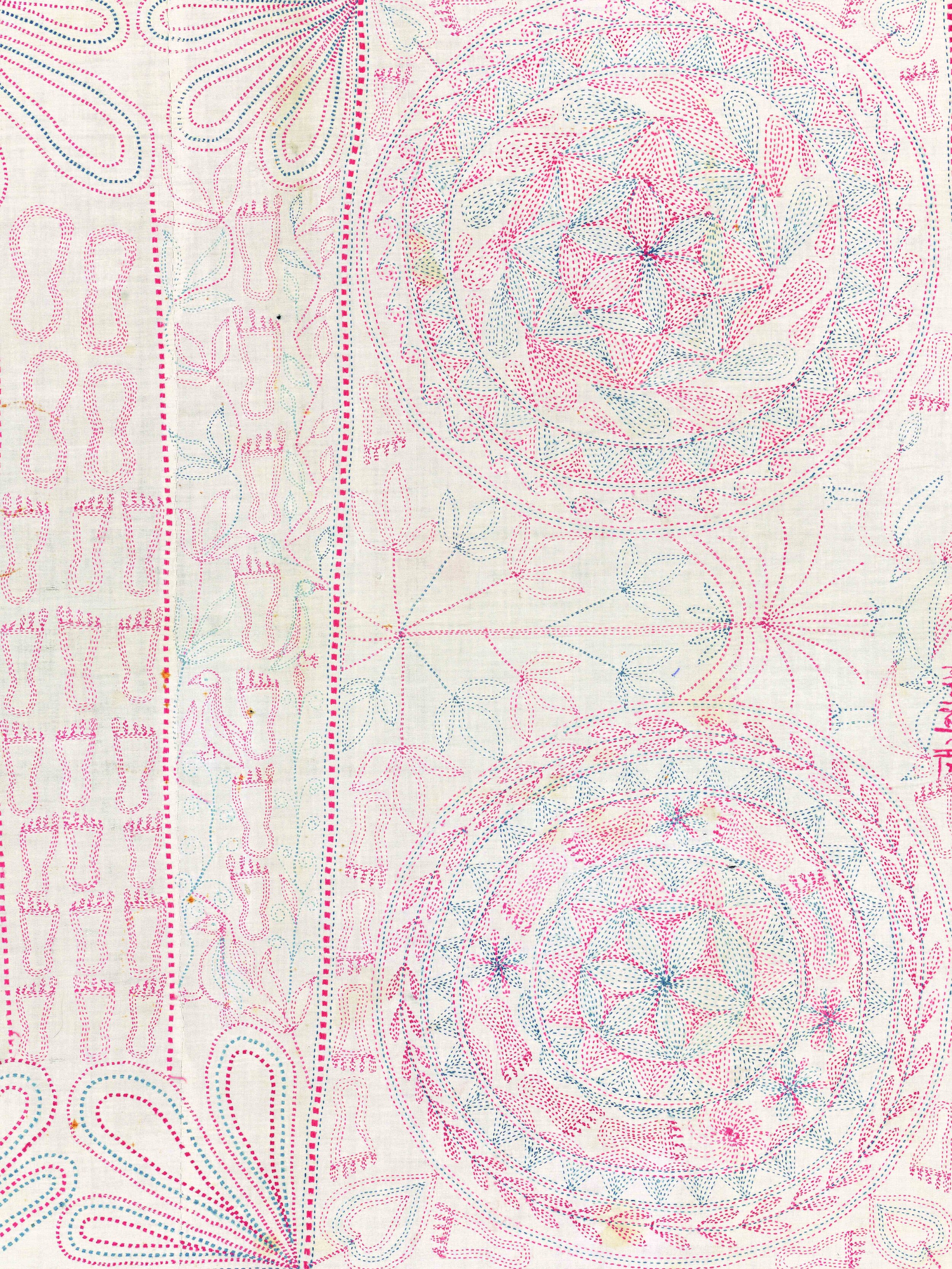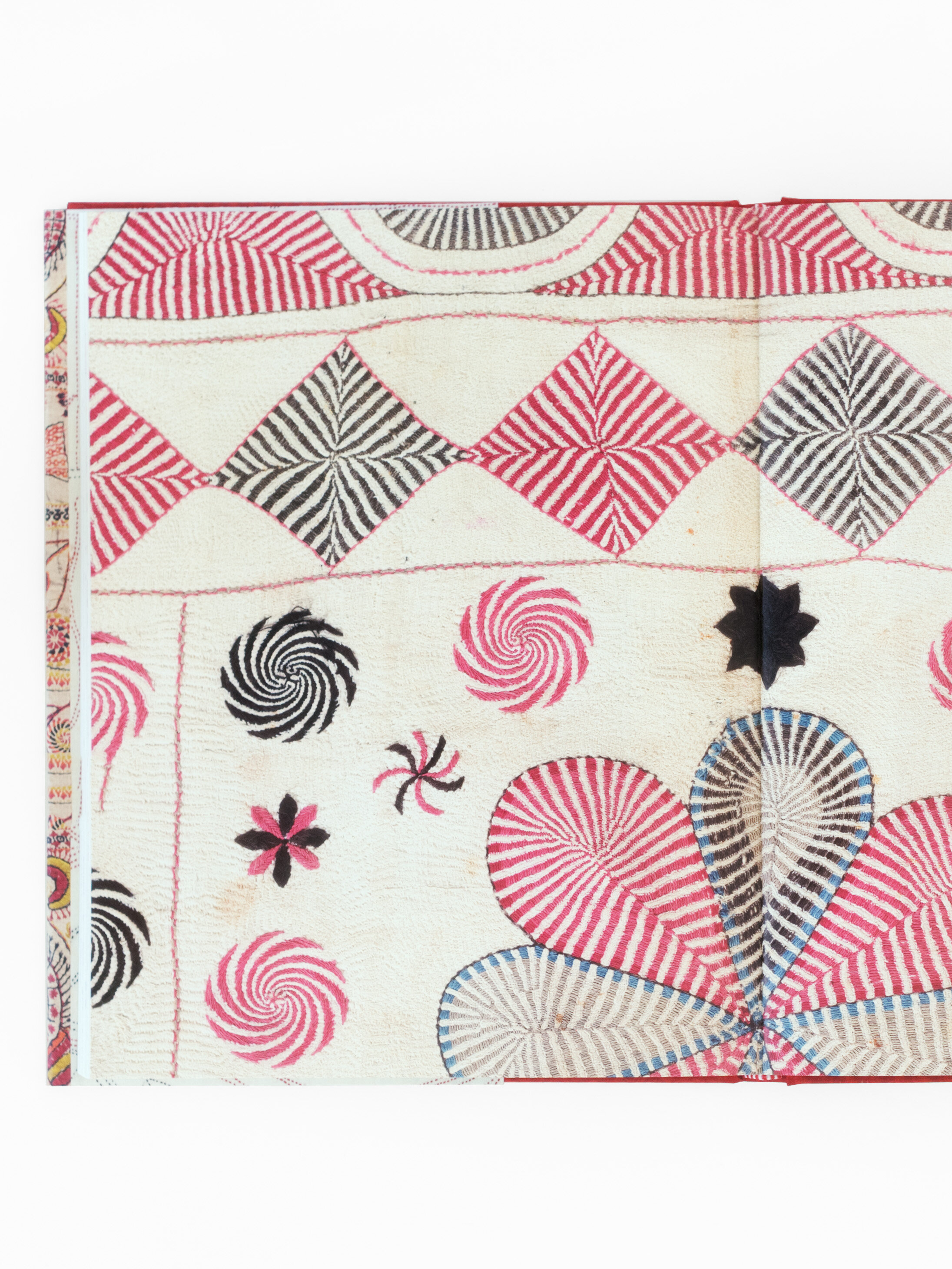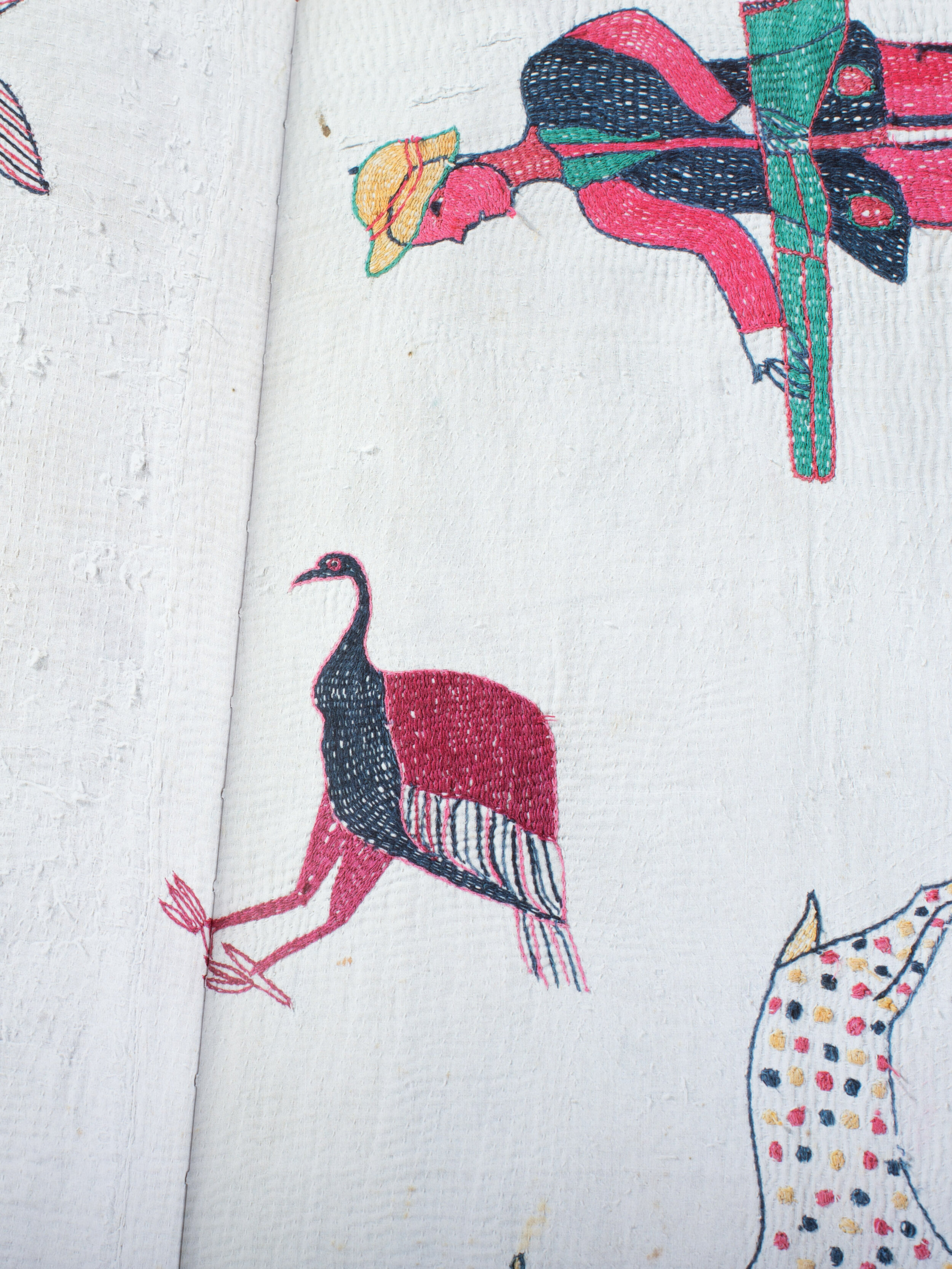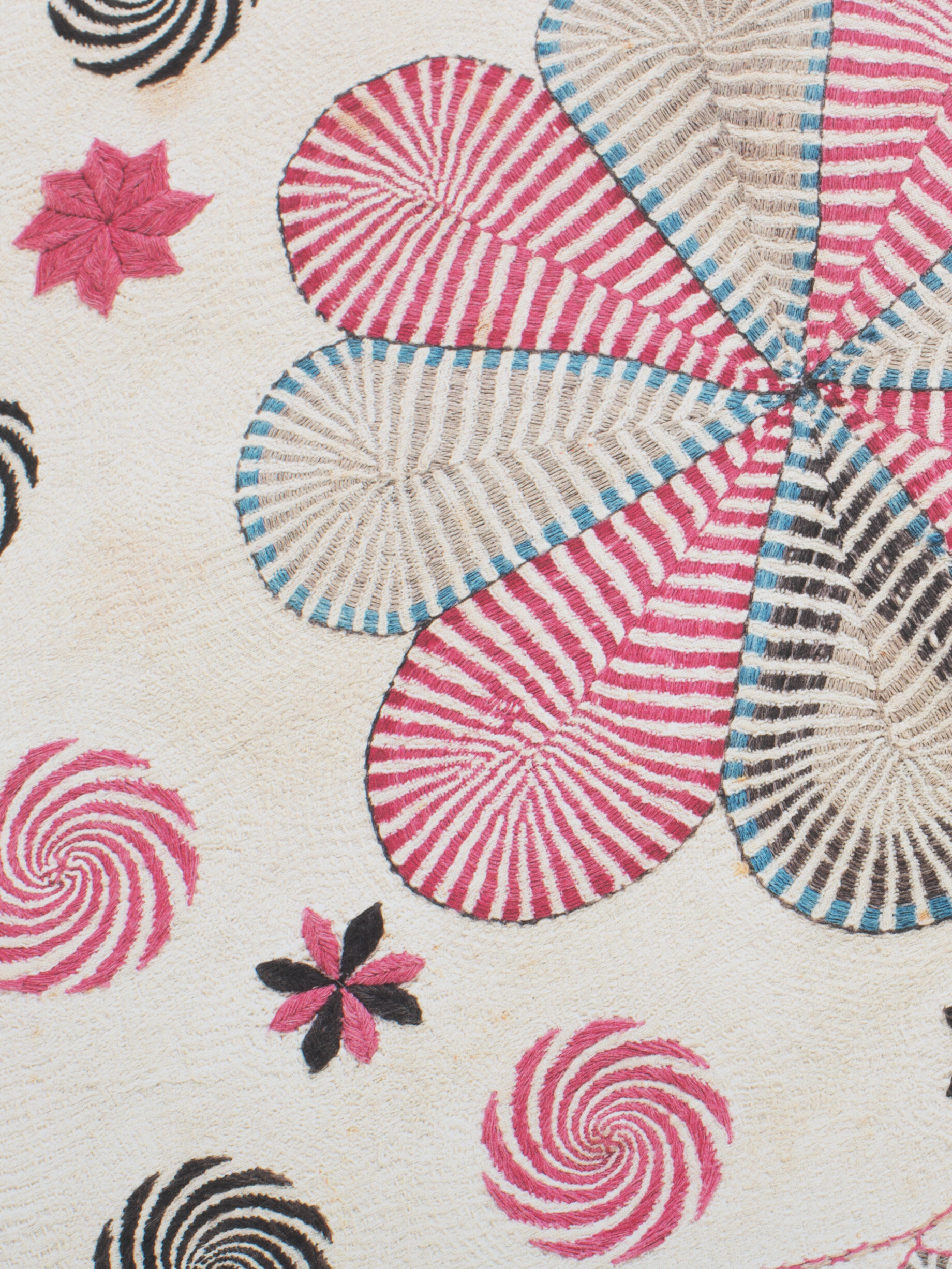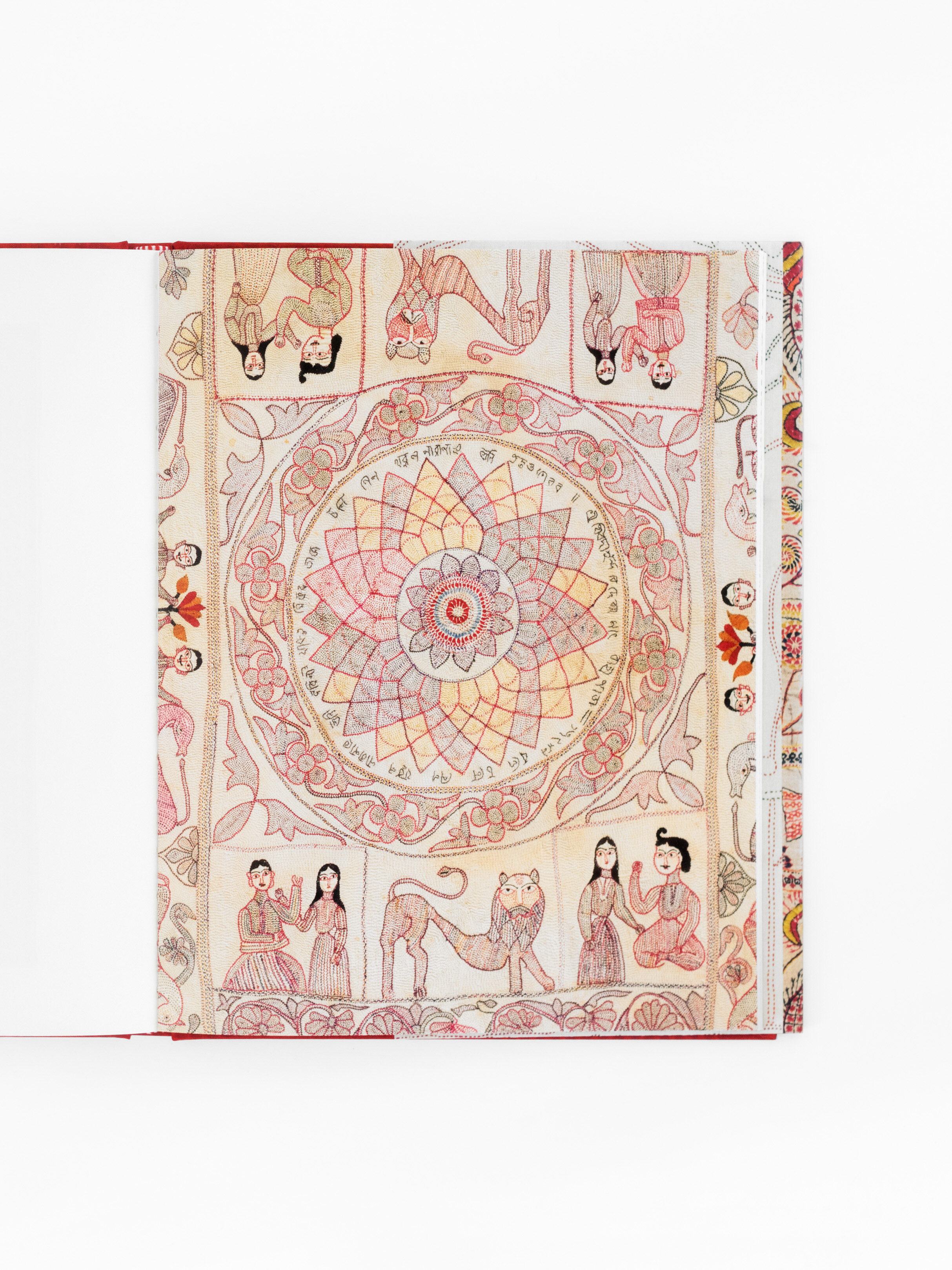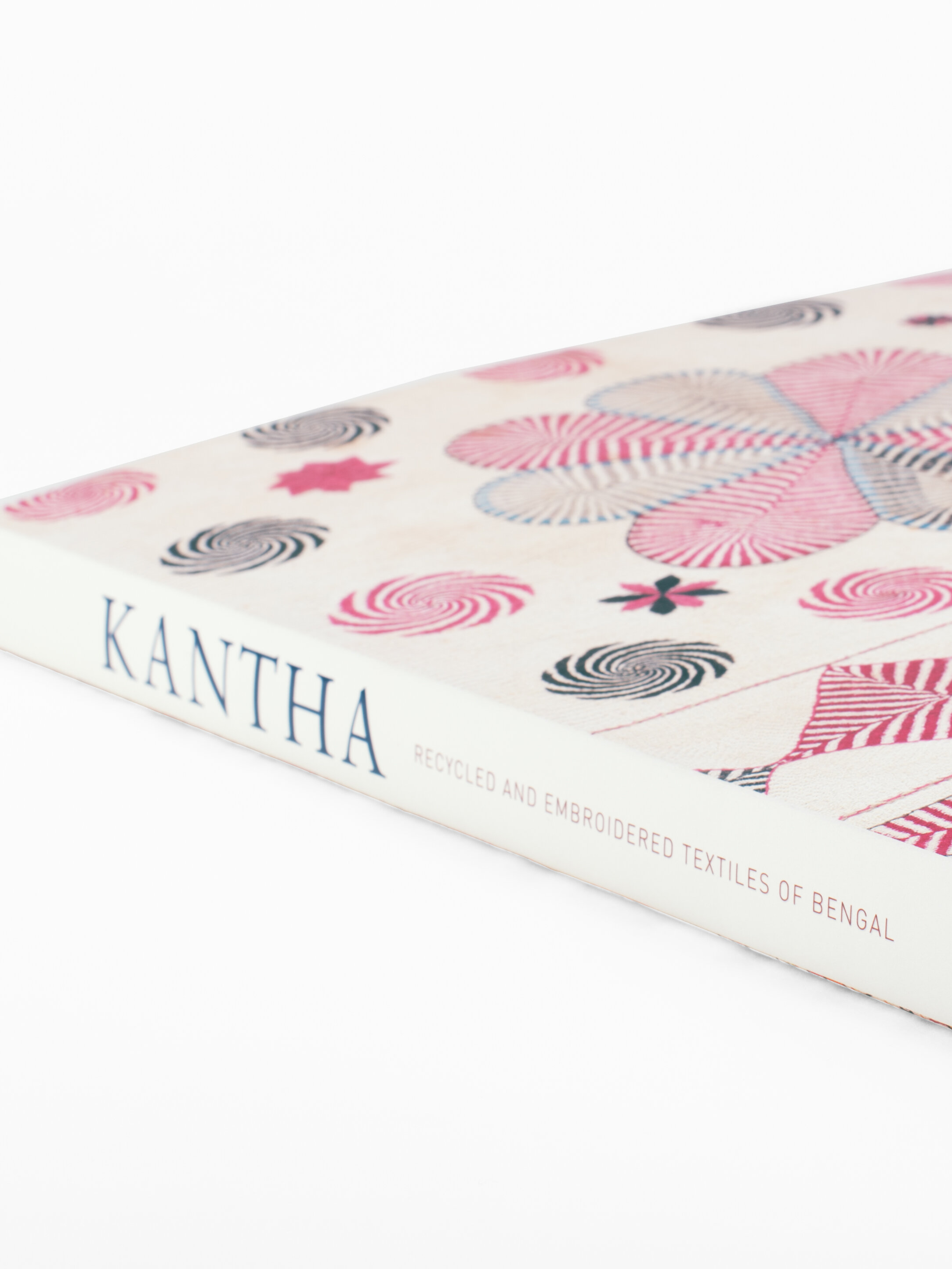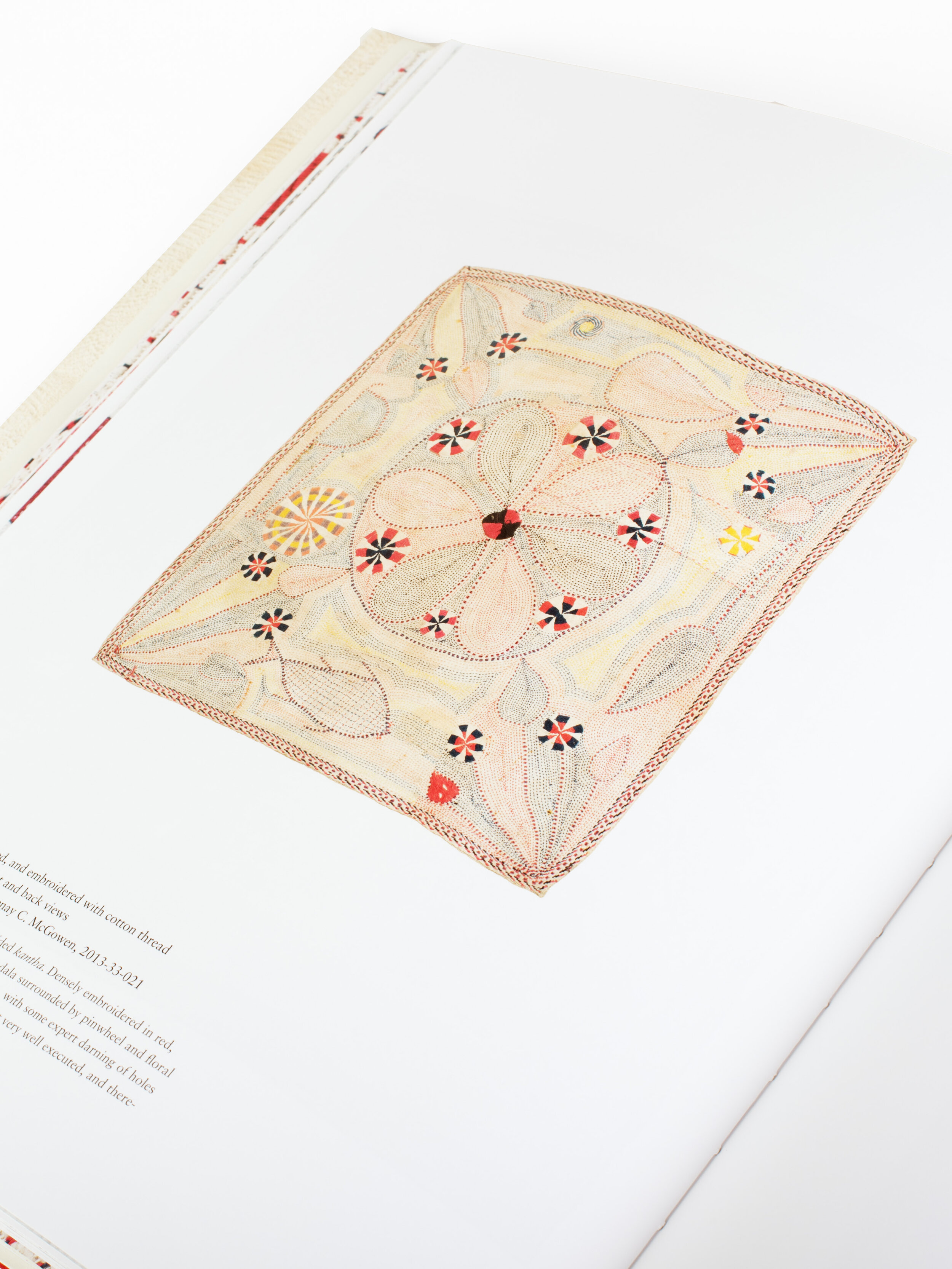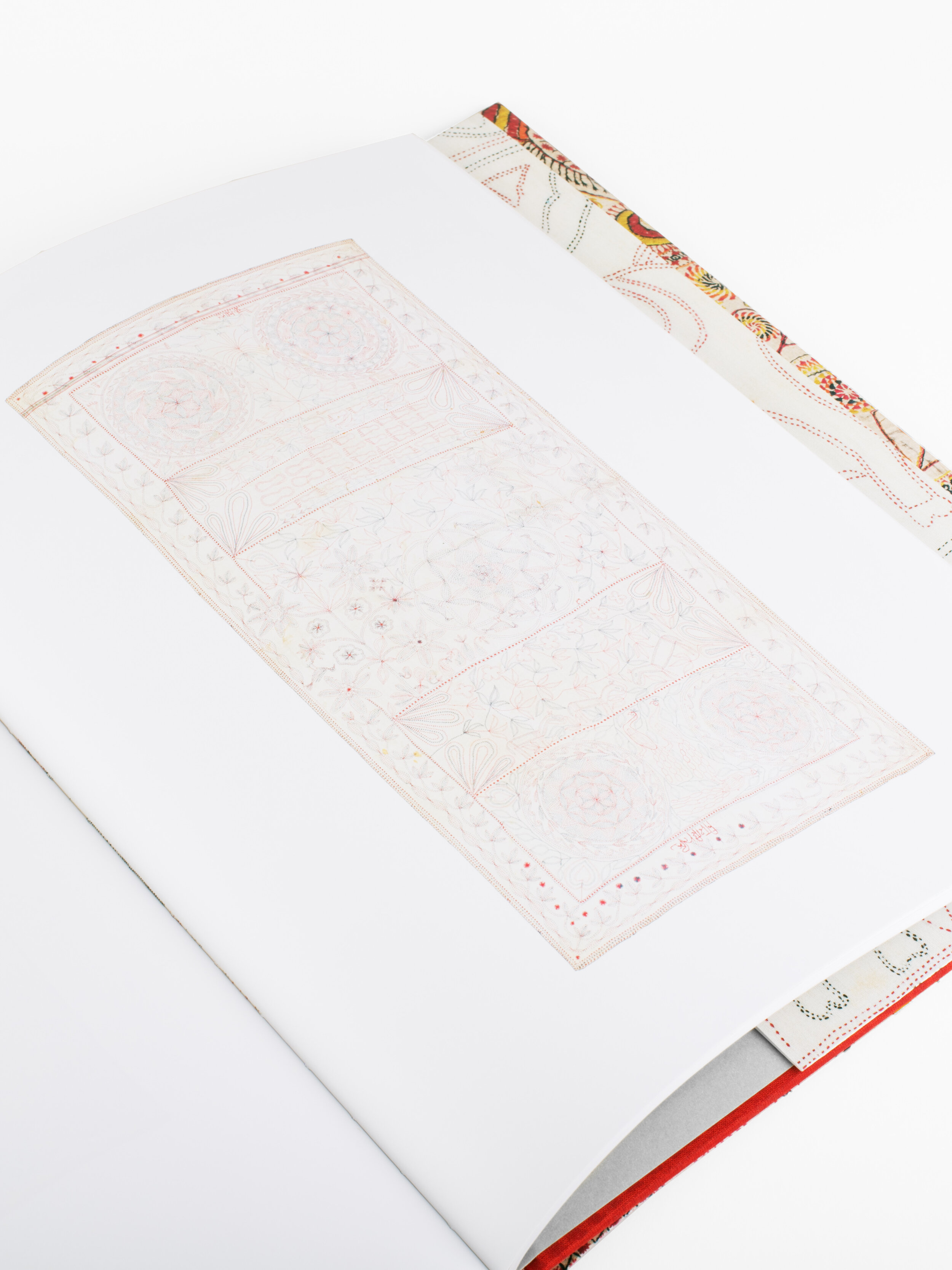Kantha
This collection captures and showcases the kantha tradition at a precarious time of change and struggle.
Texts by John Gillow, Pratapaditya Pal, Courtenay McGowen, Rob Sidner
Hardcover
9.75 x 12 inches
224 pages / 90 images
ISBN: 9781942185192
Co-published with the Mingei International Museum
This item is out of print.
This collection captures and showcases the kantha tradition at a precarious time of change and struggle.
Texts by John Gillow, Pratapaditya Pal, Courtenay McGowen, Rob Sidner
Hardcover
9.75 x 12 inches
224 pages / 90 images
ISBN: 9781942185192
Co-published with the Mingei International Museum
This item is out of print.
This collection captures and showcases the kantha tradition at a precarious time of change and struggle.
Texts by John Gillow, Pratapaditya Pal, Courtenay McGowen, Rob Sidner
Hardcover
9.75 x 12 inches
224 pages / 90 images
ISBN: 9781942185192
Co-published with the Mingei International Museum
This item is out of print.
The part of Bengal where the Ganges River flows into the Bay of Bengal has historically been the source of the finest cotton ever produced. The kind of embroidery known as kantha is created from this material, for daily use in many different contexts and in many different sizes. It deploys a simple running stitch in quilting layers of used cloth; details are embroidered using satin and stem stitches with thread taken from the colored borders of cast-off saris and dhotis.
The workmanship of kantha varies from the crude to the complex and refined, but they are all made for daily use for various household and ceremonial purposes, such as for bed covers, wrapping cloths for books and other valuables, floor covers and mats.
The tribal culture of this region and its sense of continuity were evident until the early part of the twentieth century, but the true unraveling of the kantha tradition came with partition, followed by the devastation brought on by the mass exodus of Hindu and Muslim populations in Pakistan, East Pakistan and India. Now, with global warming, the rising waters are resulting in the disappearance of villages, along with the livelihoods of the inhabitants.


